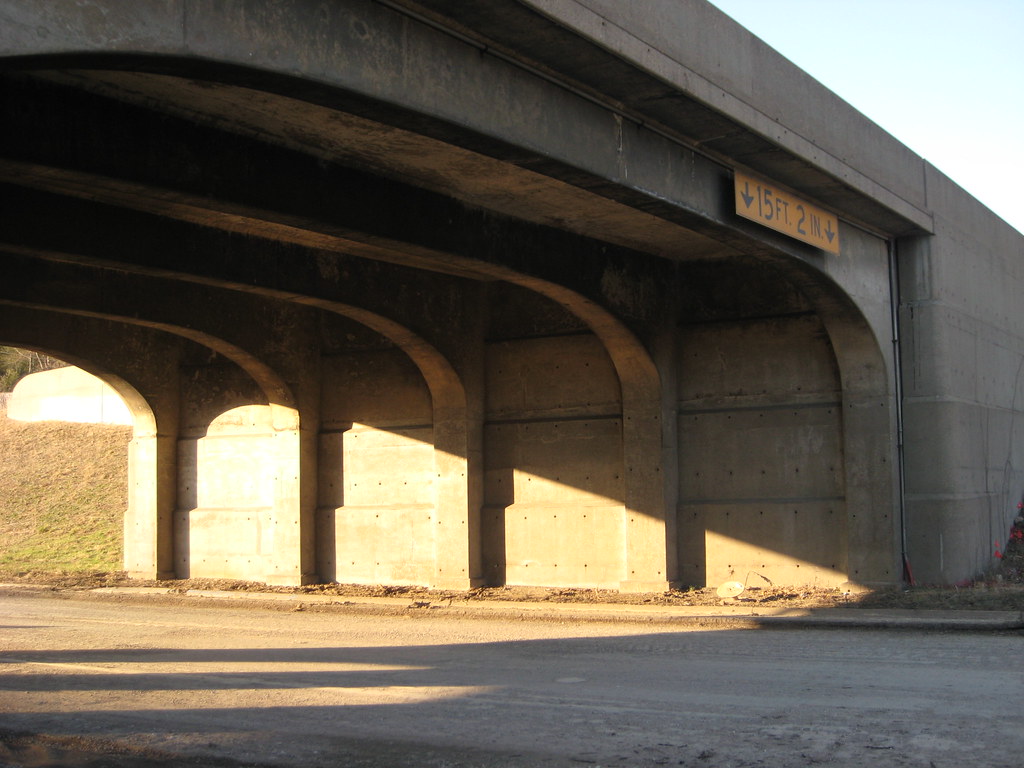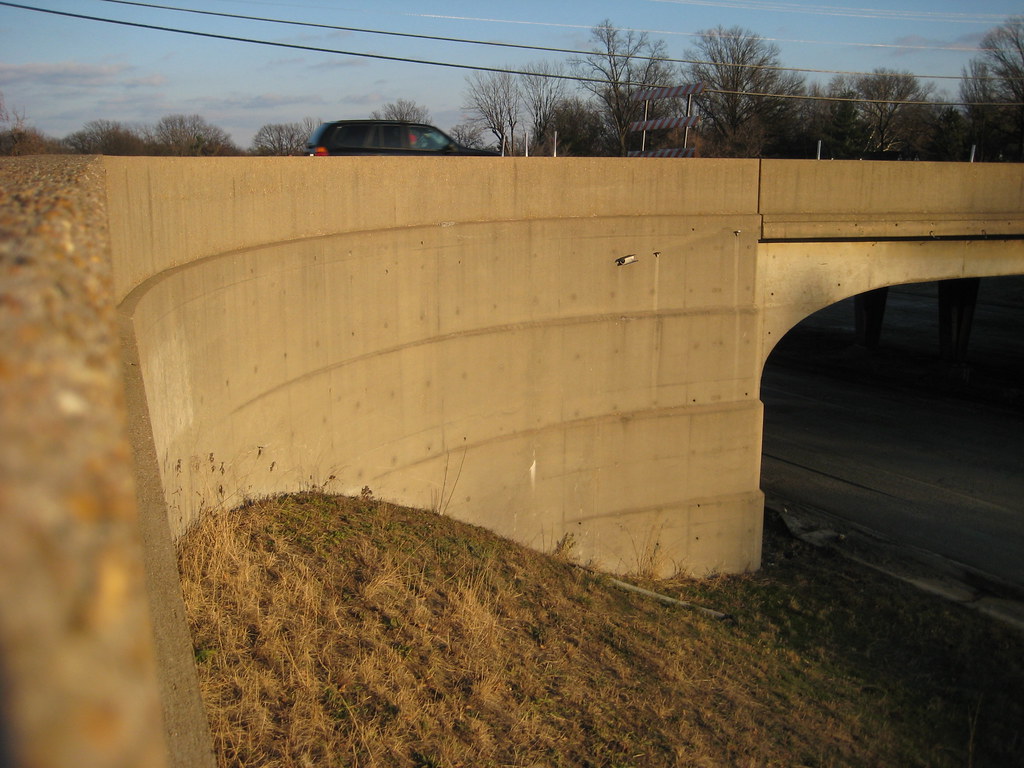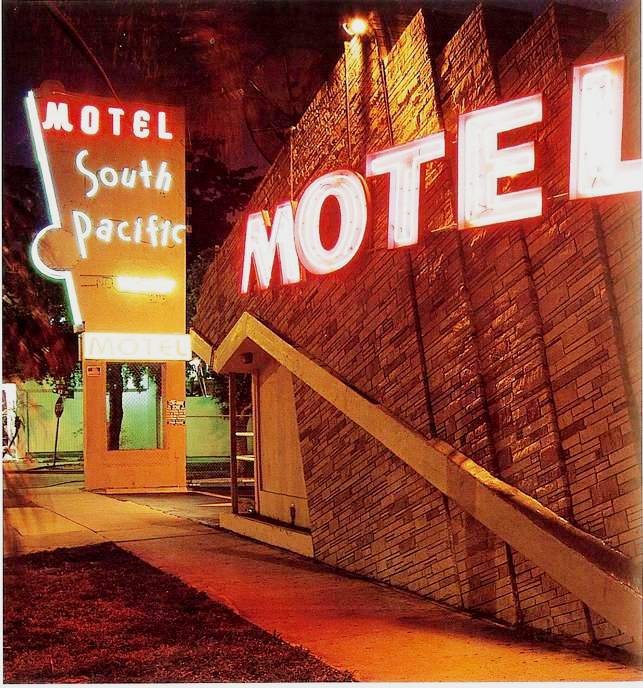The Blog, Generally
Dotage St. Louis discusses a range of topics, but its primary purpose is to document St. Louis's one-of-a-kind built environment and offer commentary on how St. Louis could be improved. As an urban planner and historic preservationist by trade, I believe our unique built environment is the key to reviving the city; it's our asset over other cities and even our own suburbs. If I had to select a genre,
Dotage is a historic preservation blog, but I also delve into politics, development, transportation, local businesses, and more.
About Me, Generally
Matthew Mourning, 24
I'm an urban planner interested in all things "urban"--especially St. Louis.
I was born in St. Louis and lived there until I left for graduate school in New Orleans in August 2007. For those interested in neighborhoods, I grew up in Bevo practically in the shadow of the landmark Bevo Mill. I later lived briefly in Tower Grove East and Lafayette Square, before getting a "real" apartment (as in, my name was on the lease!) in Forest Park Southeast above Sweetie Pies. I went to St. Louis University for a bachelor's degree in urban affairs. Being in Midtown nearly everyday really makes one reflect on the state of St. Louis's built environment.
I attend--soon to be attended--the University of New Orleans for urban and regional planning. My focus within the program is historic preservation, though I think my "community development" coursework is nearly on par with it. My professional goal is the same as my personal goal: to see to it that America's great older cities with their important, though fractured infrastructure are not pushed aside entirely for something newer, less sustainable, and less beautiful.
My boyfriend, Michael, is a sort of ghost writer on this blog, having inspired many posts. He got a job in Washington D.C., and by some strange and circuitous circumstances, we were forced to essentially abandon New Orleans on a couple weeks' notice and somehow ended up living in Baltimore. I miss New Orleans now, in addition to St. Louis, but am loving Baltimore. I especially love the incredibly easy access to D.C., New York, Philadelphia, and so many other American cities of note.
When Did You Fall in Love with St. Louis and Why Did You Start this Blog?
I have a very specific reason for being so enamored with my hometown.
I attended St. Louis University High School, where I was in a severe minority having grown up inside city limits. My fellow classmates regarded the surrounding neighborhood, Kings Oak, with an irrational degree of fear. While I had had suburban relatives that mocked the city and deemed it off limits to those who sought to excel in life, anti-city bias really hit home when I saw that my family was no anomaly.
In 2000, I volunteered for a service "trip" to south St. Louis to deliver donated food to newly arrived Eastern European immigrants. I partially volunteered, I must admit, because I was
so excited to show some of my friends--all from the suburbs--my urban neighborhood. I thought that they would be fascinated, intrigued, inquisitive--not disgusted, fearful, and ignorant, as they turned out to be. They played "count the crackhouse" and were ducking for cover upon seeing pedestrians, who they assumed wielded guns. Why did they have this reaction?
Their presumptions about my neighborhood, and the city in general, led me on a lifelong journey to defend my city. In historical research, and, later, countless hours of driving and walking the city, I found an undeniable American urban gem who shouldn't have to try so hard to win affection.
I started this blog to document my thoughts on the city from afar; to keep in touch with goings-on; to hopefully insert ideas from New Orleans and now Baltimore onto the St. Louis scene; and to monitor our important, fragile built environment.
What's "Dotage" and What Does it Have to Do with St. Louis?
The word "dotage" (that's DOHT-ij) has two primary meanings. The most common meaning is essentially senility, or a fading of the mind with age. I see this as an analogy for an aging Rustbelt city, slowly losing its built environment, its links to its past. But dotage also is the noun for the verb "to dote [upon]". Doting upon something means that you have a sort of unshakable affection for it, as from a parent to a child. Again, this hits the spot for my purposes: I view the city, somehow, as so ingrained in my own identity that its sufferings are mine. Does that sound over the top? Read this blog and you'll know it's no exaggeration.
Can I Submit Something for Publishing?
Yes. I am always open to submissions. I do reserve the right to edit them for clarity or grammatical issues. Please send me an email at
matthewmourning@gmail.com for more details.
Can I Advertise on Your Site?
Yes, but, as you can see from my layout, you may not get the most visible spot. Send me your information and a small advertisement and I will place it in my sidebar above my tag cloud. Currently, this service is free, though with increased interest I may charge a nominal fee.
Can I Use Photographs and Other Media on Your Site?
Of course. Make sure to properly attribute the source. Often I borrow from other web sites. In that case, you might want to source the item as "Courtesy of [Blank], via Dotage St. Louis" with a link to the particular post.
I Have a Question Not Addressed Here...
Please send me an email at matthewmourning@gmail.com. I am a Gmail addict and will likely respond within 24 hours.





















